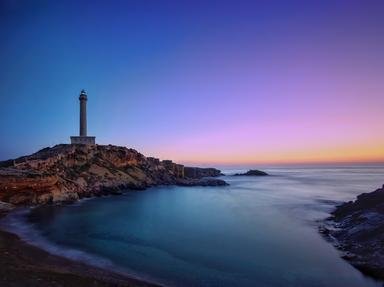Quiz Answer Key and Fun Facts
1. In 1120, while providing transport for William Ătheling, the heir to the English throne, the White Ship was wrecked just off Barfleur, killing all but one of the people on board. Whose heir was William Ătheling?
2. In 1274 and 1281, the Mongol Empire twice sent invading fleets, both of which were destroyed by typhoons, against which country?
3. In 1545, during a fleet action against the French, the English carrack Mary Rose sank in which body of water?
4. In 1872, the brigantine Mary Celeste was discovered adrift and abandoned in the Atlantic Ocean. For which port was she originally bound?
5. In 1893, the ironclad HMS Victoria was on exercises when it was involved in a collision and sank. Of which Royal Navy command was it the flagship?
6. In 1906, the Royal Navy battleship HMS Montagu, while testing new wireless telegraphy equipment, ran aground on which island?
7. In 1910, Hawley Harvey Crippen became the first criminal to be arrested with the aid of wireless telegraphy, when the captain of the liner SS Montrose, on which Crippen was a passenger, sent a message to the police in London. At which Canadian port did the arrest take place?
8. In 1914, the liner RMS Empress of Ireland had just departed Quebec City for a voyage to Liverpool when she sank near the mouth of the St Lawrence River. Which shipping line operated the ship?
9. The Italian liner SS Andrea Doria sank following a collision off Nantucket in 1956. During the rescue, which other passenger liner arrived and saved more than 750 of the Andrea Doria's passengers and crew?
10. The bulk freighter SS Edmund Fitzgerald operated on the Great Lakes. In 1975, the ship was caught in a storm and sank while on a run in which of the Great Lakes?
Source: Author
Red_John
This quiz was reviewed by FunTrivia editor
stedman before going online.
Any errors found in FunTrivia content are routinely corrected through our feedback system.
